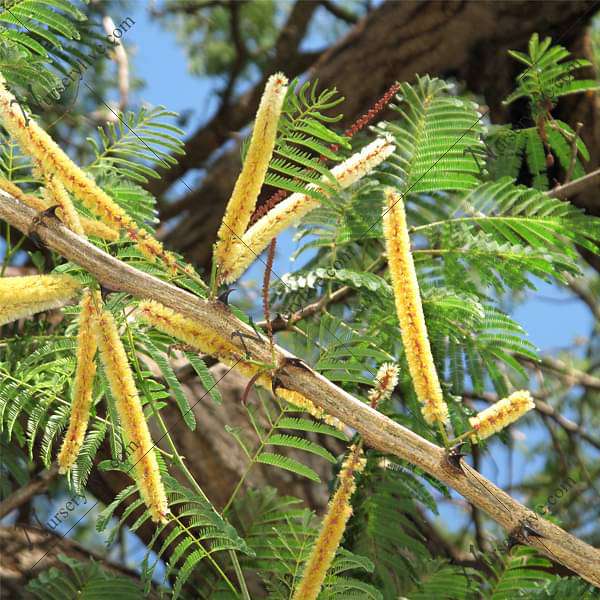
Senegalia Catechu, Khair - 0.5 kg Seeds
(MRP Inclusive of all taxes)
- Shipping ₹79 for entire order
- Dispatch in 2-3 weeks
- Country of origin: India

(MRP Inclusive of all taxes)
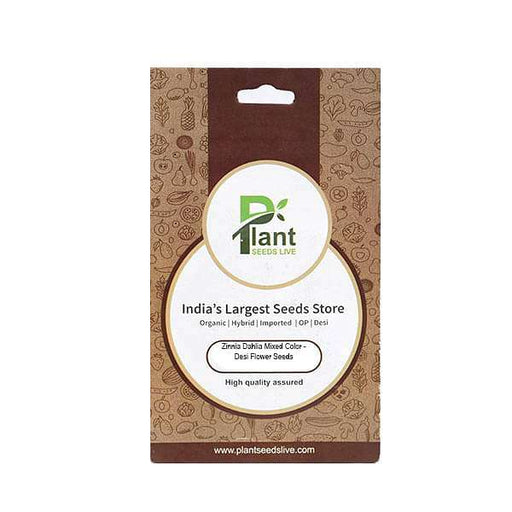
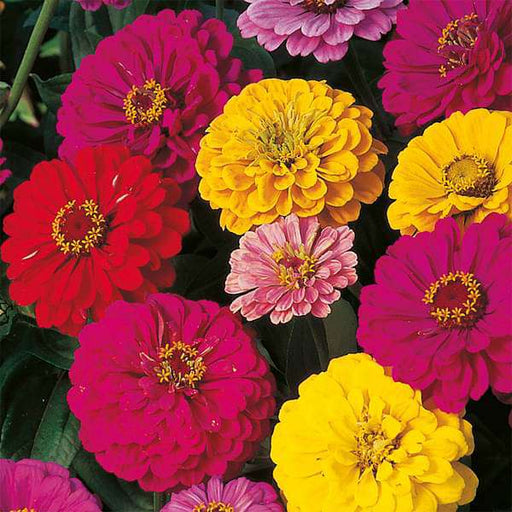 Sold out
Sold out
Zinnia Dahlia Mixed Color - Desi Flower Seeds Transform your garden into a vibrant tapestry of colors with our Zinnia Dahlia Mixed Color -...
View full details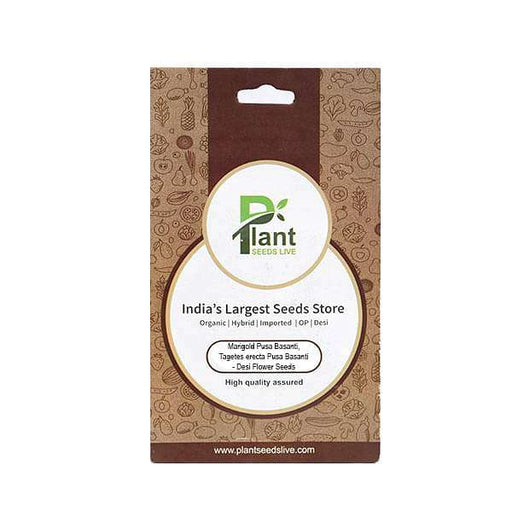
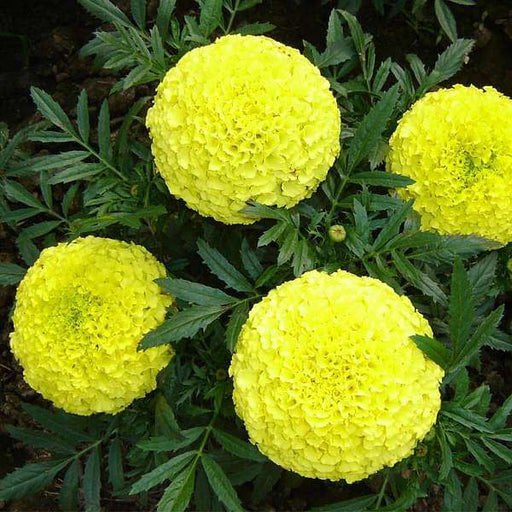 Save 25%
Save 25%
Marigold Pusa Basanti - Desi Flower Seeds Discover the vibrant beauty of Marigold Pusa Basanti, a cherished flower in Indian gardens. Know...
View full details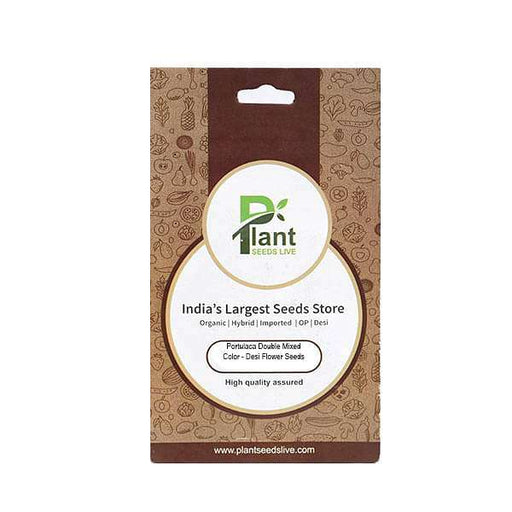
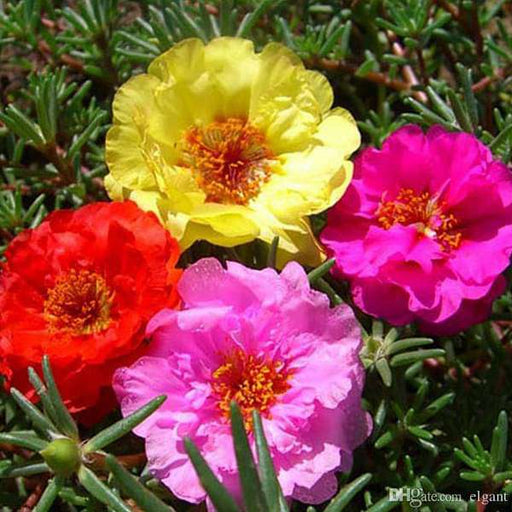 Save 25%
Save 25%
Portulaca Double Mixed Color - Desi Flower Seeds Discover the vibrant beauty of Portulaca Double Mixed Color, a stunning collection of Des...
View full details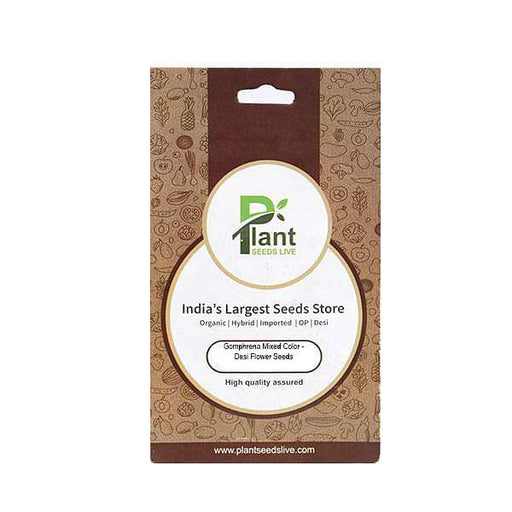
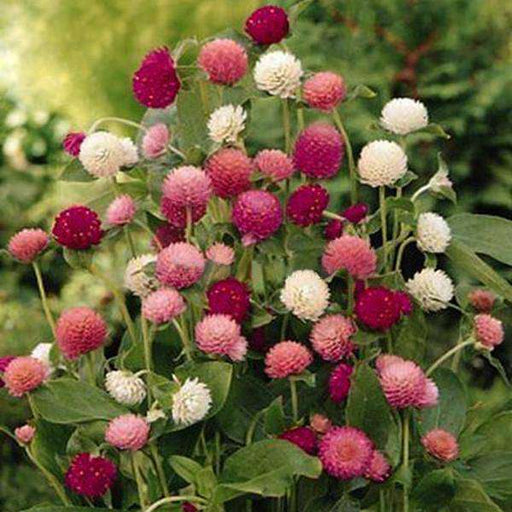 Save 25%
Save 25%
Gomphrena Mixed Color - Desi Flower Seeds Discover the vibrant beauty of Gomphrena Mixed Color - Desi Flower Seeds, a delightful addition ...
View full details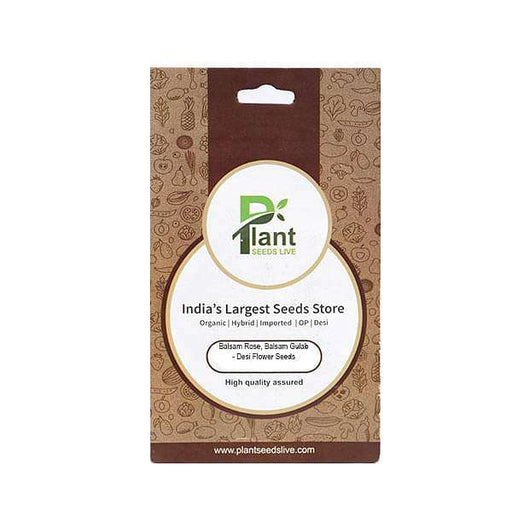
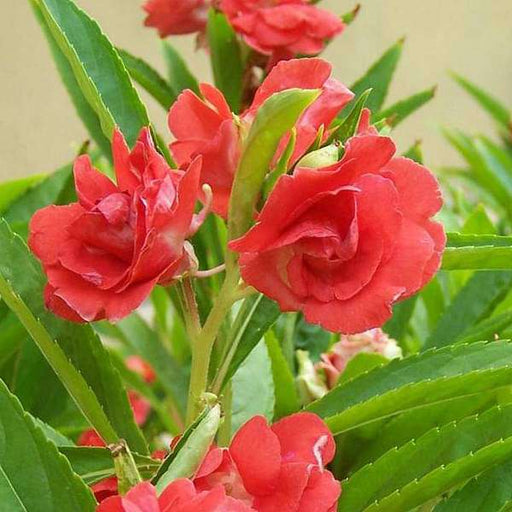 Save 25%
Save 25%
Balsam Rose, Balsam Gulab - Desi Flower Seeds Discover the enchanting beauty of Balsam Rose, also known as Balsam Gulab, with our premium ...
View full details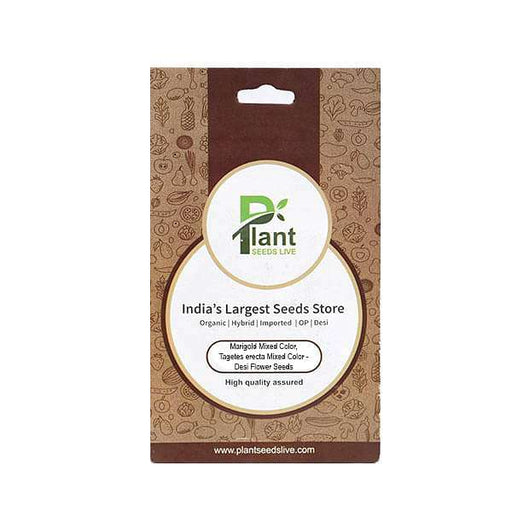
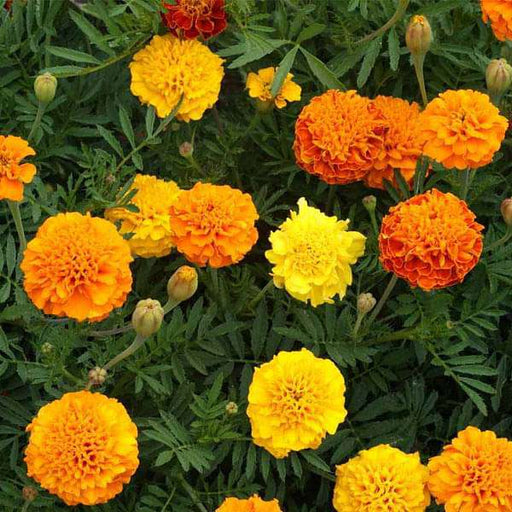 Save 25%
Save 25%
Marigold Mixed Color - Desi Flower Seeds Bring a burst of color to your garden with our Marigold Mixed Color - Desi Flower Seeds. These vi...
View full details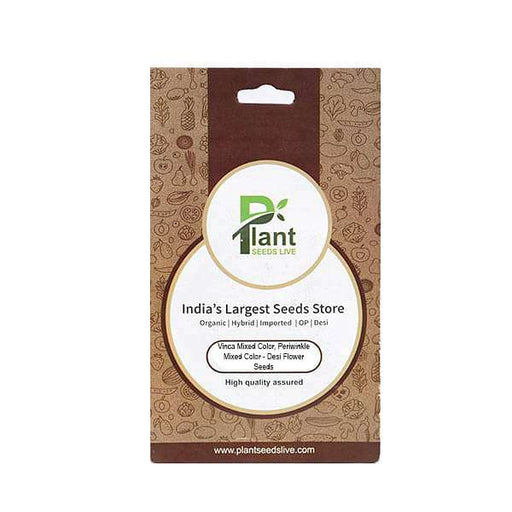
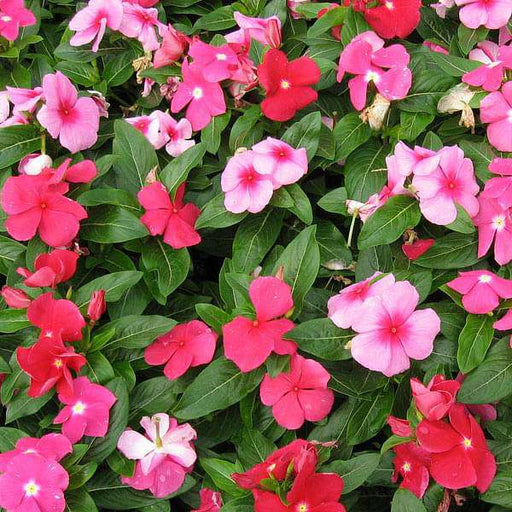 Save 25%
Save 25%
Vinca Mixed Color, Periwinkle Mixed Color - Desi Flower Seeds Transform your garden into a vibrant oasis with our Vinca Mixed Color and Pe...
View full details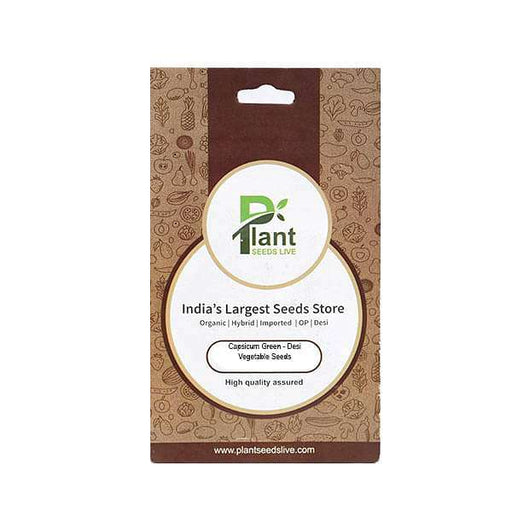
 Sold out
Sold out
Capsicum Green - Desi Vegetable Seeds Capsicum Green, also known as bell pepper, is a vibrant and nutritious addition to your garden. Thes...
View full details
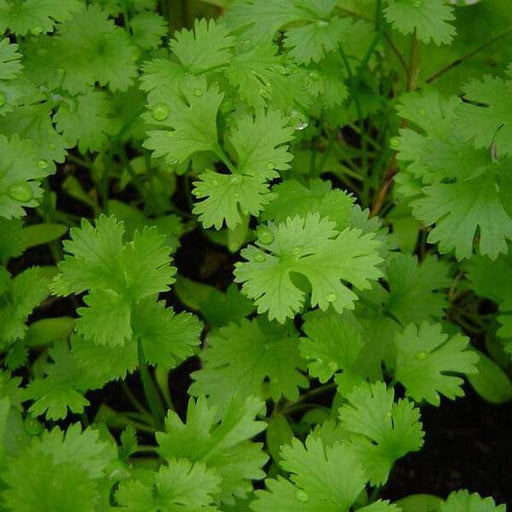 Save 25%
Save 25%
Coriander Panipat - Desi Vegetable Seeds Coriander Panipat is a premium variety of coriander seeds, cherished for its aromatic leaves and ...
View full details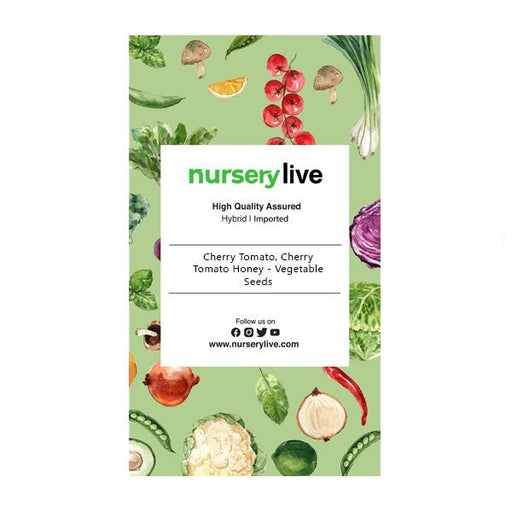
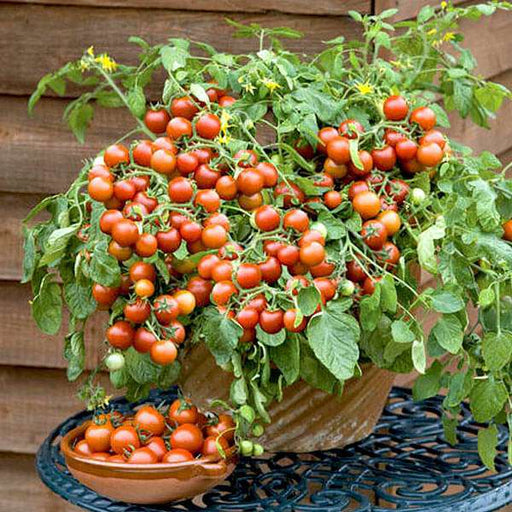 Sold out
Sold out
Cherry Tomato, Cherry Tomato Honey - Vegetable Seeds Discover the delightful world of Cherry Tomato Honey seeds, perfect for home gardener...
View full details
 Sold out
Sold out
Tomato Pusa Ruby - Desi Vegetable Seeds The Tomato Pusa Ruby is a premium variety of tomato seeds, renowned for its vibrant red color, jui...
View full details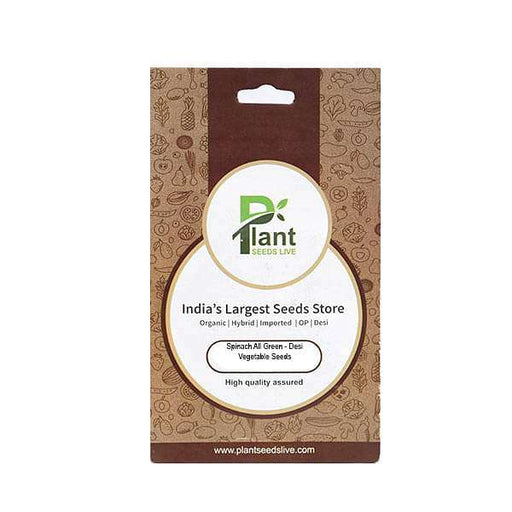
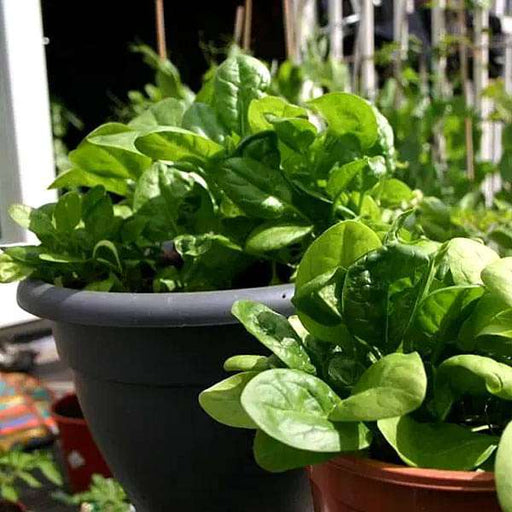 Save 25%
Save 25%
Spinach All Green - Desi Vegetable Seeds Introducing the Spinach All Green - Desi Vegetable Seeds, a premium variety of spinach that thriv...
View full details
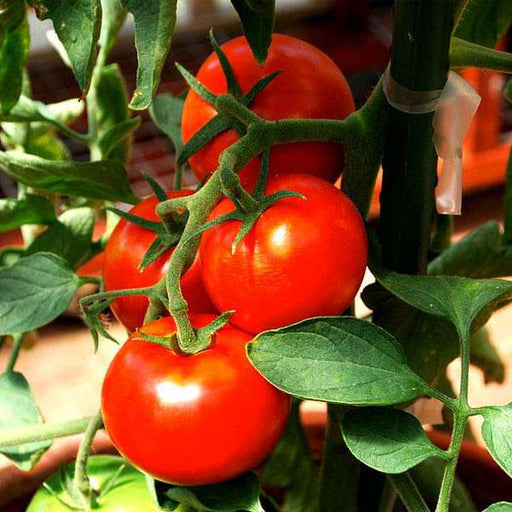 Save 25%
Save 25%
Tomato Ped - Desi Vegetable Seeds Introducing the Tomato Ped - Desi Vegetable Seeds, a premium selection of heirloom tomato seeds that pro...
View full details
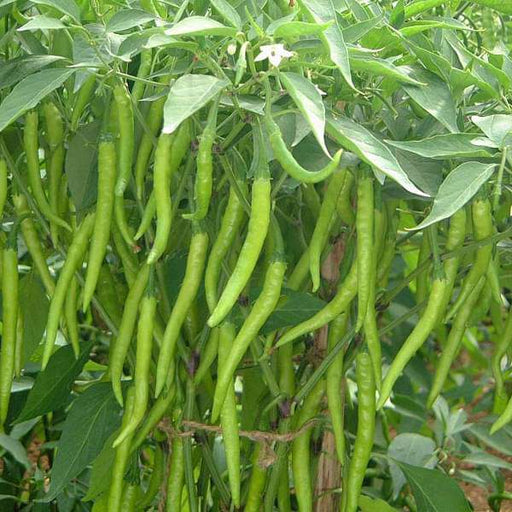 Save 25%
Save 25%
Chilli Surajmukhi - Desi Vegetable Seeds Introducing the Chilli Surajmukhi, a unique variety of desi vegetable seeds that brings a burst o...
View full details
 Save 25%
Save 25%
Carrot Red Long - Desi Vegetable Seeds Introducing the Carrot Red Long - Desi Vegetable Seeds, a premium variety known for its vibrant col...
View full details
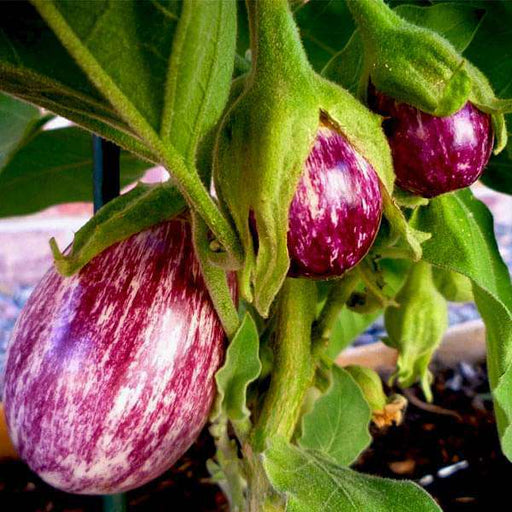 Save 25%
Save 25%
Brinjal Purple Round - Desi Vegetable Seeds Discover the rich flavors and vibrant colors of Brinjal Purple Round, a staple in Indian cuisi...
View full details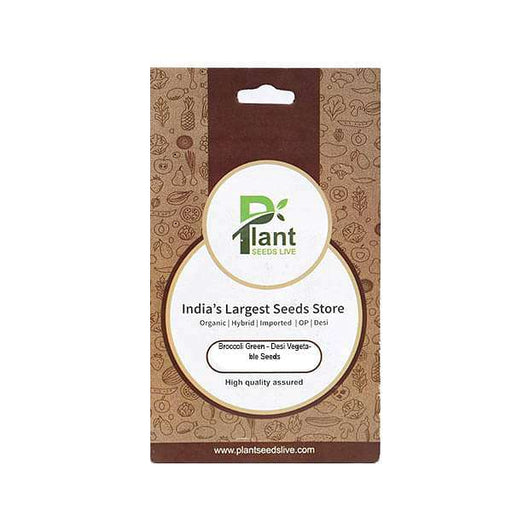
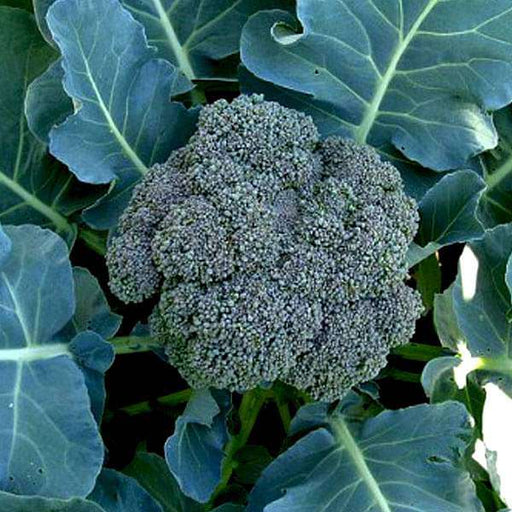 Save 25%
Save 25%
Broccoli Green - Desi Vegetable Seeds Discover the vibrant world of Broccoli Green with our premium Desi Vegetable Seeds. Known for its ri...
View full details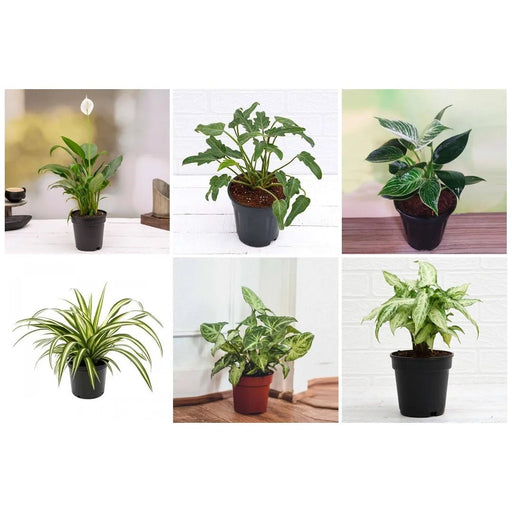
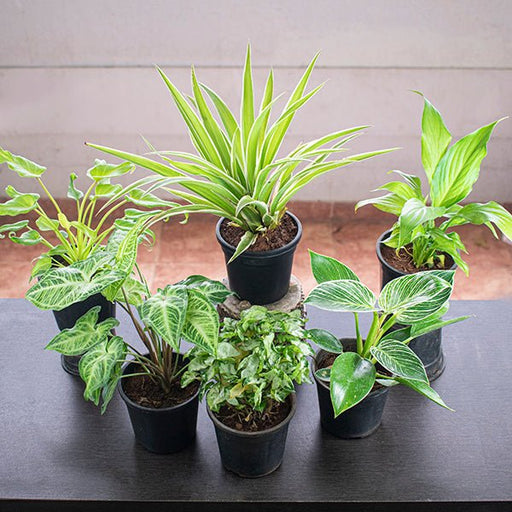 Save 35%
Save 35%
Best 6 Plants for Perfect Indoor Garden Transform your living space into a lush oasis with our curated collection of the Best 6 Plants for a...
View full details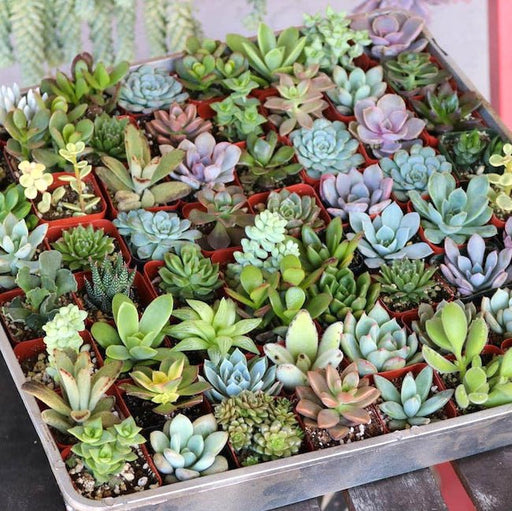
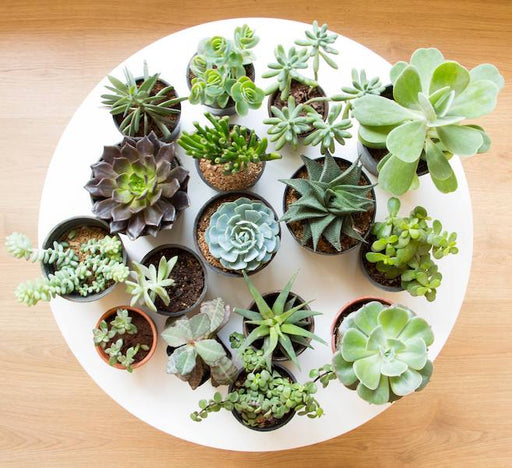 Save up to 50%
Save up to 50%
Mini Succulent Garden Pack Transform your space with our Mini Succulent Garden Pack, featuring a delightful collection of 4 any variety beautiful s...
View full details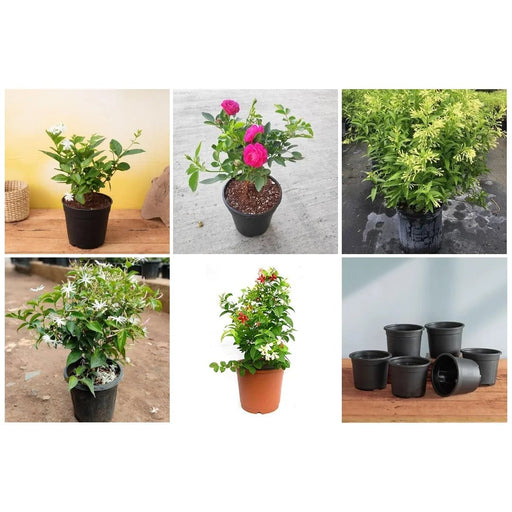
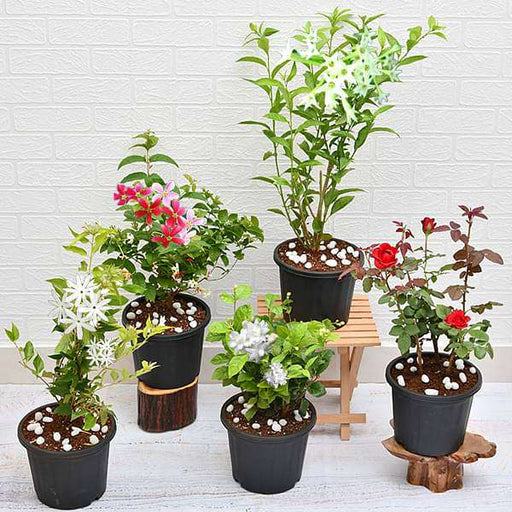 Save 30%
Save 30%
5 Best Fragrant Plants Transform your garden or indoor space into a fragrant paradise with our curated selection of the 5 Best Fragrant Plants. Th...
View full details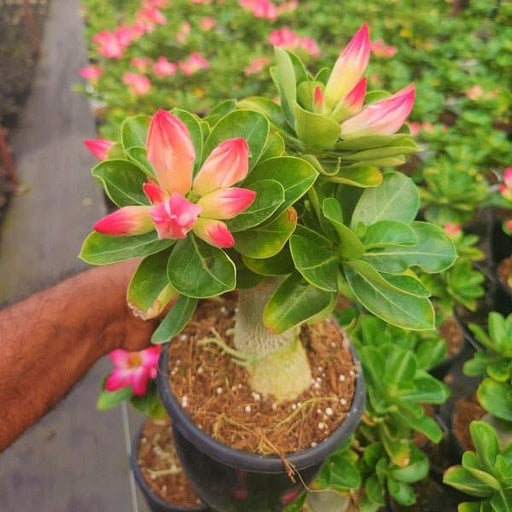
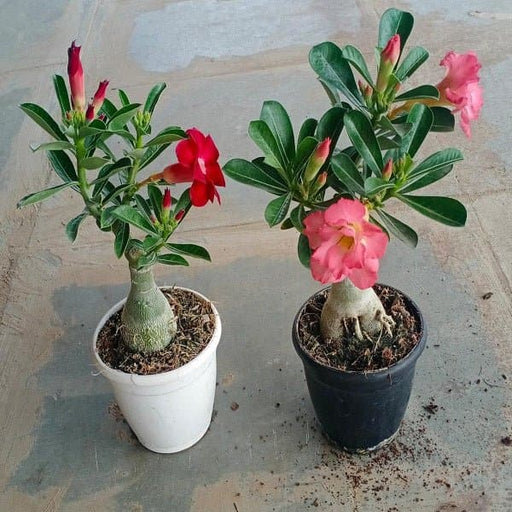 Save 24%
Save 24%
Set of 2 Bonsai Looking Grafted Adeniums Transform your indoor or outdoor space with our exquisite Set of 2 Bonsai Looking Grafted Adenium...
View full details Save 45%
Save 45%
Top 4 Die Hard Succulents Pack Transform your indoor or outdoor space with our Top 4 Die Hard Succulents Pack, featuring a curated selecti...
View full details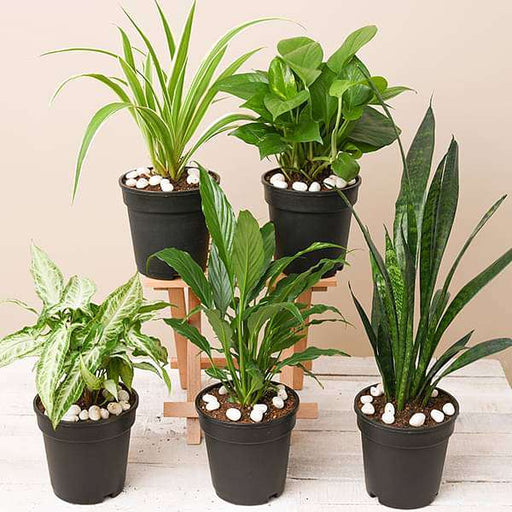
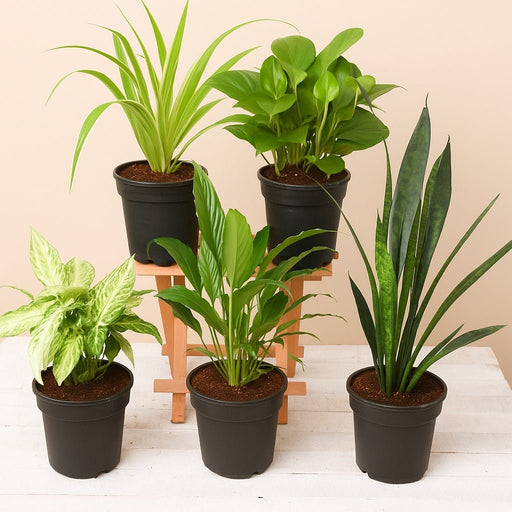 Save 30%
Save 30%
5 Best Indoor Plants Pack Transform your living space into a lush oasis with our '5 Best Indoor Plants Pack.' This carefully curated collection fe...
View full details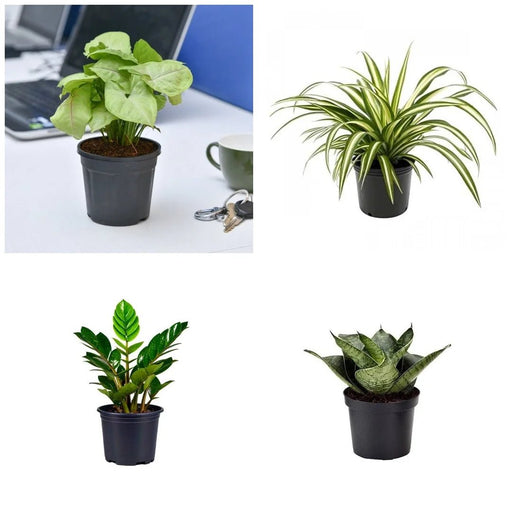
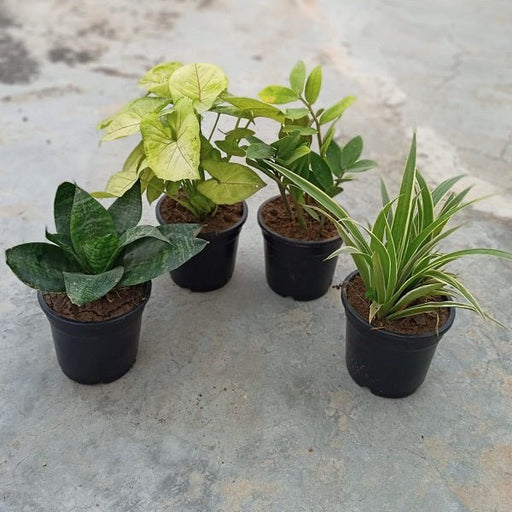 Save 25%
Save 25%
Set of 4 Evergreen Air Purifier Plant Pack Transform your indoor space into a lush, green oasis with our Set of 4 Evergreen Air Purifier Pla...
View full details| SrNo | Item Name |
|---|---|
| 1 | Senegalia Catechu, Khair - 0.5 kg Seeds |
Senegalia catechu, commonly known as Khair, is a remarkable tree native to the Indian subcontinent. This deciduous tree is renowned for its durable wood and medicinal properties. The seeds are packed with potential, making them an excellent choice for both reforestation and personal gardening projects. With a growth height of up to 20 meters, Khair not only enhances the landscape but also contributes to biodiversity.
What makes Khair special is its ability to thrive in arid conditions, making it an ideal choice for sustainable forestry. Its bark is rich in catechu, a substance used in traditional medicine and as a natural dye. This tree plays a vital role in soil conservation and provides habitat for various wildlife species, making it an environmentally friendly choice for planting.
Special features of Senegalia catechu include its fast growth rate and resilience to drought. The tree's deep root system helps prevent soil erosion, while its leaves provide shade and shelter for smaller plants. Additionally, Khair is known for its ability to improve soil fertility through nitrogen fixation, making it a valuable addition to agroforestry systems.
If you think trees are just for shade and oxygen, think again! Senegalia Catechu, also known as Khair, is a multitasking marvel. This tree not only provides timber but also boasts medicinal properties that can make your grandma proud. From treating digestive issues to acting as a natural astringent, this tree is like the Swiss Army knife of the plant world. Who knew a tree could be so versatile?
Ready to channel your inner botanist? Cultivating the Khair tree is like hosting a party where everyone is invited—sunlight, well-drained soil, and a sprinkle of patience. This tree thrives in dry regions, making it the perfect guest for arid climates. Just remember, it doesn’t like to be overwatered; it’s a tree, not a fish!
Looking to add some green to your life? Khair seeds are your ticket to a botanical adventure! These little powerhouses are not just seeds; they’re the future of your very own Khair tree. With just 0.5 kg of these seeds, you can start your own mini-forest. Who needs a garden center when you can be the proud parent of a Khair tree?
Forget your pharmacy; nature has its own medicine cabinet! Senegalia Catechu is packed with compounds that can help with everything from inflammation to oral health. It’s like having a doctor in your backyard, minus the waiting room. So, next time you have a health hiccup, consider consulting your Khair tree.
If trees had resumes, Khair wood would be the overachiever. Known for its durability and resistance to pests, this wood is a favorite among carpenters and builders. It’s like the superhero of the timber world—strong, reliable, and ready to take on any project. So, if you’re looking for wood that can withstand the test of time, Khair is your go-to guy.
The Khair tree is a true survivor, thriving in dry, rocky soils where other plants fear to tread. It’s like the rugged adventurer of the plant kingdom, perfectly adapted to harsh conditions. If you’re looking for a tree that can handle the heat, look no further. This tree is the ultimate desert dweller, proving that beauty can flourish even in the toughest environments.
Patience is a virtue, especially when it comes to growing your Khair tree. While it may not be the fastest-growing tree in the forest, it’s worth the wait. With a moderate growth rate, this tree will reward your efforts with stunning foliage and a robust trunk. Think of it as a long-term investment in your garden—slow and steady wins the race!
Planting a Khair tree is like giving Mother Nature a high-five. This tree plays a crucial role in preventing soil erosion and improving soil fertility. It’s not just a pretty face; it’s an environmental hero! By adding a Khair tree to your landscape, you’re not just beautifying your space; you’re also contributing to a healthier planet.
Step aside, modern medicine; traditional remedies are making a comeback! The Khair tree has been used for centuries in Ayurvedic practices, proving that old-school wisdom still holds value. From treating skin ailments to boosting immunity, this tree is a treasure trove of natural remedies. So, if you’re feeling under the weather, consider tapping into the ancient knowledge of the Khair tree.
Looking to spruce up your garden? The Khair tree is a fantastic addition to any landscape design. With its attractive foliage and unique structure, it can serve as a stunning focal point or a lovely backdrop. Whether you’re going for a tropical vibe or a rustic look, the Khair tree can adapt to your vision. It’s like the chameleon of the plant world!
Who needs pesticides when you have the Khair tree? This resilient species is naturally resistant to many pests, making it a low-maintenance option for gardeners. It’s like having a bodyguard for your garden—keeping unwanted guests at bay while you sit back and enjoy the view. So, if you’re tired of battling bugs, let the Khair tree do the heavy lifting for you.
The Khair tree isn’t just a pretty face; it’s steeped in cultural significance. Revered in various traditions, it symbolizes strength and resilience. In some cultures, it’s even considered sacred. So, when you plant a Khair tree, you’re not just adding greenery; you’re also embracing a rich tapestry of history and meaning. It’s like planting a piece of culture right in your backyard!
Senegalia Catechu, commonly known as Khair, is a tree native to India, famous for its heartwood and medicinal properties. It’s like the Swiss Army knife of trees—providing timber, tannins, and a dash of herbal magic. Perfect for those who want to add a touch of nature’s charm to their garden!
Planting Senegalia Catechu seeds is as easy as pie! Just soak them overnight, plant them in well-drained soil, and give them a sunny spot. Water them like you would a pet cactus—don’t drown them! In no time, you’ll have a little Khair tree sprouting up to say hello.
Khair wood is like the superhero of timber! It’s durable, resistant to pests, and has a beautiful finish. Plus, it’s used in traditional medicine, making it a double whammy of utility. Whether you’re crafting furniture or brewing herbal remedies, Khair wood has got your back!
Absolutely! Senegalia Catechu is like that friend who thrives on minimal attention. Once established, it can withstand dry spells like a champ. Just give it a good start with watering, and it’ll be sipping on sunshine while others are parched. Talk about a low-maintenance plant!
Patience is a virtue, my friend! Khair seeds typically take about 2 to 4 weeks to germinate. It’s like waiting for your favorite show’s next season—worth it in the end! Just keep the soil moist and watch the magic unfold as those little sprouts emerge.
While Khair prefers the great outdoors, you can try growing it indoors if you have a sunny spot. Just remember, it’s a tree, not a houseplant! Give it enough space to stretch its branches, and it might just become the coolest indoor tree on the block.
Khair trees are generally tough cookies, but watch out for pesky pests like aphids and caterpillars. They can be as annoying as a fly at a picnic! Regularly check your tree and use organic pest control methods to keep those uninvited guests at bay.
Senegalia Catechu can reach heights of up to 20 meters, making it a towering beauty in your garden. It’s like the gentle giant of the plant world—impressive yet graceful. Just make sure you have enough space for this majestic tree to spread its wings!
Yes, indeed! Khair wood is a sustainable choice, especially when sourced responsibly. It’s like the eco-warrior of the timber industry, providing benefits without harming the planet. So, when you choose Khair, you’re not just getting quality wood; you’re also giving Mother Earth a high-five!
Absolutely! Khair has been used in traditional medicine for centuries. It’s known for its astringent and anti-inflammatory properties, making it a go-to for various ailments. Just remember, while it’s nature’s remedy, consult a professional before diving into herbal treatments!
You can find Senegalia Catechu seeds at local nurseries or online gardening stores. Just make sure you’re buying from a reputable source—no one wants mystery seeds that turn into a jungle! With a little search, you’ll have those seeds in your hands faster than you can say “Khair!”
Caring for your Khair tree is a breeze! Provide it with well-drained soil, plenty of sunlight, and occasional watering. Prune it to maintain shape and health, and watch out for pests. With a little TLC, your Khair tree will thrive and reward you with its beauty for years to come!